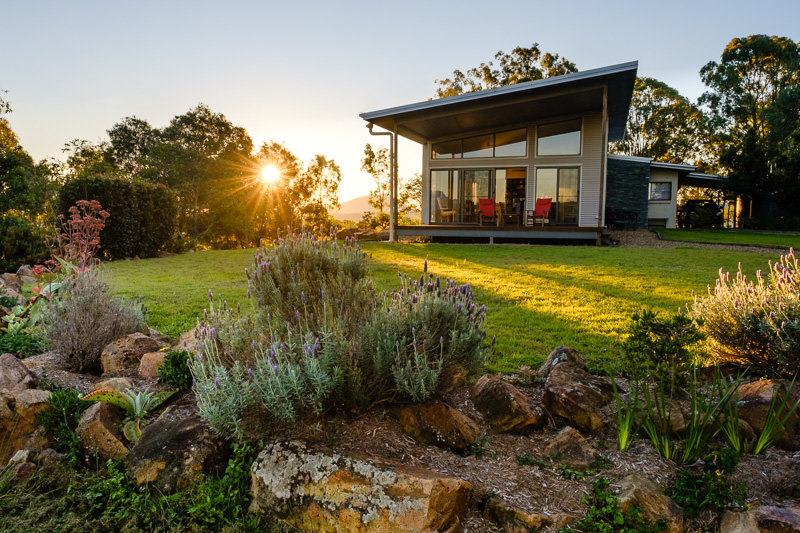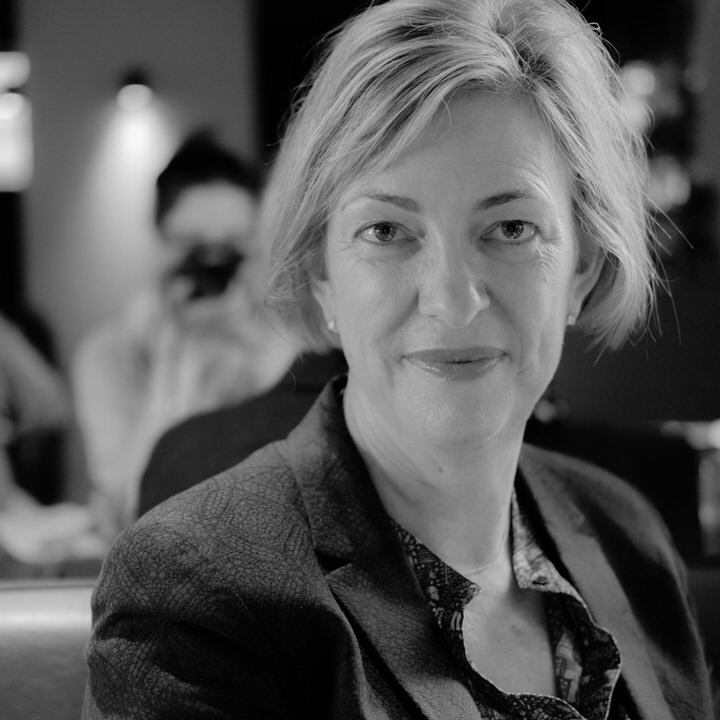We own a few acres of land where we built a house far away from our city lives. We escape there on weekends to wear Crocs and flannel shirts and eat far too much cheese. It’s called The Farm, an ironic reference to the complete lack of cows or crops in its paddocks.
The family’s weekend escape is well practised. We curse the Friday night traffic. We plead with our dog to sit still on the back seat. We’re always tired, but feel our shoulders drop as the city fades.
It’s pitch black when we arrive. After turning on the water, we check the house for squatters (mice, spiders, frogs, snakes), then unpack the esky and open a bottle of wine. We cook something simple, light a fire if it’s cold, and dance to Adelle and The Chicks all year round.
The Farm is our retreat, where we beat back weeds and shift rocks and dream of planting a lemon orchard one day. But for me it’s become more than that. The Farm is my creative muse, challenging me to capture its shifting moods through photography. Recording The Farm, and how my family lives there, has become an obsession.
The landscape that lured us to buy land and build a house more than a decade ago continues to bewitch me. I pack the camera every time. The only difference is focal length, as I restrict myself to two lenses each trip. I take it with me on every walk, snapping fence posts and fleeing kangaroos and light shafts on roadside weeds. The dog features often.
A rickety old tripod, stored at The Farm with the boardgames and canasta cards, is pushed into service for a full moon or incoming storm. Every night after dinner I put the memory card into my laptop and cross my fingers, scanning for an epic image to hang on the wall. I rarely find one. But after years of trying I’ve gathered a lot of snaps for my scrapbook.
There are photos recording our farm lives almost from the beginning, before there was a house or even a fence and our three girls were children; reluctant passengers on our grand rural adventure. At first my suburban tribe was uneasy with the long grass and longer afternoons. But they grew to love our weekends away. I have pictures of them reading on the couch, long limbs crossed like a praying mantis and chins resting on chests as they devoured Harry Potter. They played Jenga on the deck and totem tennis on the lawn; they picked the mulberries and lemons and pecans I’d planted. At dusk they sat with us around the campfire drinking first lemonade and later champagne. I have photos of it all.
And just as I’ve documented them growing from young girls to young women at The Farm, the land itself has shifted over time. My virtual photo album is a like a colour wheel, spinning from the parched yellows of prolonged dry through wet green summers, with both extremes wrapped in brash blue skies or flaming sunsets.
The deeper my connection to The Farm becomes, the more I notice about the land and its landmarks. Like the tree at the end of our dead-end road which feels like an old friend. There’s a face in its storm-weathered trunk and expressive hands in its limbs. I photograph it often, from different angles – close to trace the texture of its bark, and then wide, with sky and hills for context.
Once I laughed at myself, dismissing my many photographs as a whimsical waste of disk space. But I’ve grown to value my archive and appreciate an evolving oeuvre. It might have started as a support act, but photography now jostles with my writing as a preferred creative canvas.
Mavis Ngallametta has inspired me to persist. The master weaver began painting in her 60s, recording her Aurukun landscape over and over in a palette that shifted from brown, black and white clays to vivid pinks, yellows and blues. Her paintings are a map of country and how she and her family lived in that country. She played with perspective and colour but the subject matter remained predictable. Prosaic.
The Farm is only forty acres and I’m a recent, occasional inhabitant. Even so, I feel a visceral connection to the land I’m custodian of. Seeing the landscape through a camera’s lens has helped me connect with its shapes and colours, its textures and lines. Capturing the changing seasons, beautiful in their own right but also the perfect backdrop for my family portraits, has given me unexpected purpose.


